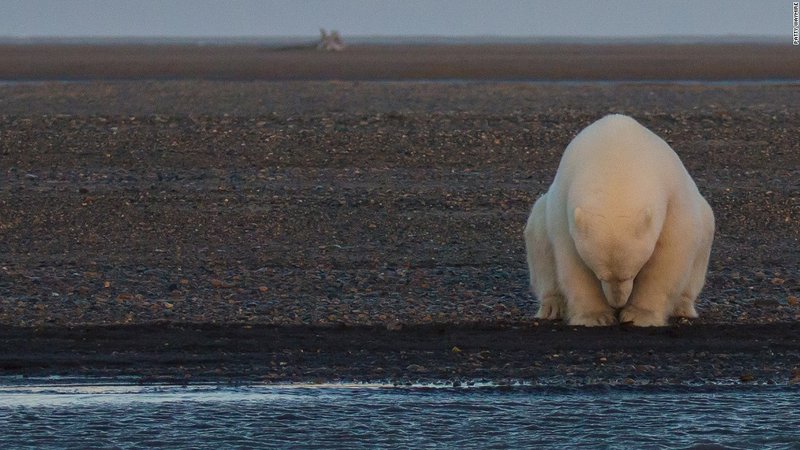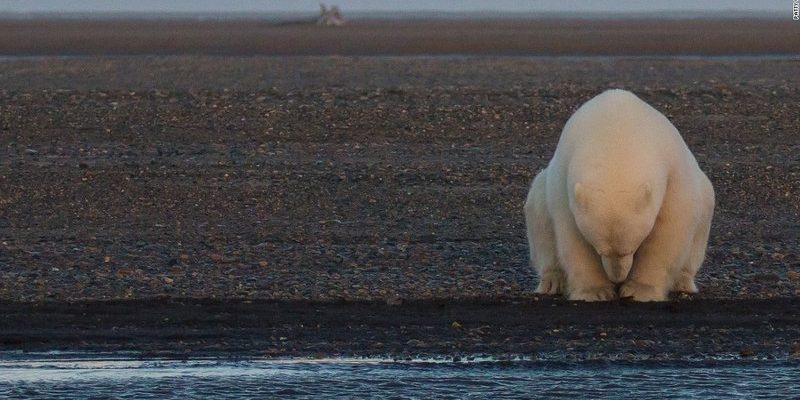
When we talk about climate change, we’re not just discussing melting ice caps and rising sea levels. We’re also looking at shifts in weather patterns, temperature extremes, and changes in food availability—factors that significantly impact the delicate ecosystems where fruit flies thrive. Imagine a world where your weather forecast affects the life cycle of a pesky fruit fly in your kitchen. It might sound quirky, but it’s true! So, let’s explore how these shifts are affecting fruit flies, their habitats, and ultimately, what that means for our fruit bowls.
Understanding the Life Cycle of a Fruit Fly
Fruit flies have a remarkably short life cycle, which is one of the reasons they’re so prolific. They start as tiny eggs laid on fermenting fruit, usually hatching within a day. Once they emerge, they’re in the larval stage, eating and growing for just about a week before pupating and finally becoming adults. This entire process can take as little as 8 to 10 days under ideal conditions. The rapid reproduction means that even small environmental changes can have large effects, making them excellent indicators for studying the impact of climate change.
Here’s the thing: these little flies are incredibly resilient. They can adapt to their environments, but climate change introduces an array of unpredictability. Variations in temperature can alter their development rate, reproductive output, and even their behavior. So, if the weather suddenly turns warmer or colder, we might see a shift in how quickly they mature or how many offspring they produce.
The key factors influencing their life cycle include temperature, humidity, and food availability. For instance, higher temperatures can speed up development, but if it gets too hot, it can be detrimental, leading to a spike in mortality rates. It’s a bit like trying to cook a delicate dish; too much heat can ruin it, even if the ingredients are fresh.
The Effects of Temperature Changes
Temperature is one of the most significant variables affecting fruit flies. As global temperatures rise, we’re seeing shifts in the habitats suitable for these flies. Warmer weather can lead to increased populations in certain areas, but it can also push them out of their preferred environments. Imagine you’re enjoying a sunny day outside, but suddenly, the sun’s intensity becomes unbearable. That’s similar to what fruit flies experience when temperatures climb beyond their comfort level.
Interestingly, different species of fruit flies react differently to temperature changes. Some might thrive in warmer conditions, leading to increased competition for resources, while others may struggle to survive. This can lead to shifts in populations that have cascading effects on their ecosystems. They are part of a delicate balance in nature, and changes that seem small can ripple through their environment.
Additionally, extreme temperature fluctuations can disrupt their reproductive cycles. For example, if a warm spell is followed by a cold snap, it may lead to decreased survival rates for larvae who aren’t built to handle such abrupt changes. This can dramatically reduce numbers in the following generation, affecting overall population dynamics.
Impact on Food Sources
Let’s not forget about the fruit—their primary source of sustenance. Climate change affects the availability and quality of fruits that fruit flies typically thrive on. Warmer temperatures can lead to earlier ripening of fruits, impacting when fruit flies have access to their food. If fruits become ripe earlier than fruit flies can breed, it could lead to a mismatch in their life cycles.
Moreover, changes in weather patterns can affect fruit production overall. Droughts, excessive rainfall, and other climate-related impacts can lead to reduced yields. When fruit becomes scarce, fruit flies may find it more challenging to locate food, leading to decreased populations.
Here’s an interesting twist: fewer fruit flies can mean less pollination for some plants. While they might not be the main pollinators, their absence could disrupt local ecosystems. It’s like a domino effect—knocking down one piece can lead to a cascade of changes across multiple species.
Competition from Other Species
As climate conditions shift, fruit flies are not only competing with each other but also facing competition from other species that may move into their territories. For instance, as temperatures rise, other pest species that were once unable to survive in a particular area might become more prevalent. This additional competition for limited resources can strain fruit fly populations, making it harder for them to thrive.
In many cases, these invaders can be more aggressive or better suited to the new conditions, making life tough for the native fruit flies. If they can’t compete for food, they may face declining numbers. A simple analogy would be moving into a new neighborhood only to find that someone else has moved in and claimed all the best spots first. It’s tough out there!
This competition can lead to decreased genetic diversity as well, as fewer fruit flies survive to produce offspring. A lack of genetic diversity can make a population more vulnerable to diseases and environmental changes, further threatening their existence.
Researching Climate Change Through Fruit Flies
Researchers often turn to fruit flies for insight into the broader impacts of climate change. Their short life cycle and adaptability make them ideal candidates for experiments. Scientists study how changes in temperature or food supply affect their development, behavior, and reproduction. It’s like watching a mini-version of our ecosystem play out right in front of our eyes!
For instance, studies have shown that with rising temperatures, fruit flies exhibit changes in their mating habits. Warmer conditions can cause them to mate more frequently, but too much heat can lead to stress and unsuccessful mating attempts. Observing these changes can help scientists understand how other species might adapt—or fail to adapt—to changing climates.
The findings from these studies are incredibly valuable. They can give us clues about how other insects and even larger animals might respond to climate changes. Plus, fruit flies are often used in genetic research, allowing scientists to explore how different genetic factors play a role in adaptation to new environments.
Mitigating the Impact of Climate Change
As we dig into the impacts of climate change on fruit flies, it’s essential to think about the bigger picture. While we might not be able to change the weather overnight, there are steps we can all take to help mitigate the effects of climate change.
For instance, supporting sustainable farming practices can enhance fruit availability and improve the resilience of ecosystems. Reducing pesticide use can also help protect beneficial insects like fruit flies while still managing pests effectively. It’s about finding a balance that allows both farmers and nature to thrive.
Additionally, raising awareness about the importance of maintaining biodiversity can help. By understanding how all organisms interact, we can advocate for environmental policies that protect not just fruit flies but entire ecosystems.
In the grand scheme of things, fruit flies might seem trivial, but their sensitivity to climate change offers us valuable insights. These tiny creatures are like the early warning system for our ecosystems—alerting us to shifts that could have broader consequences. By observing how climate change impacts fruit flies, we’re not just learning about them; we’re gaining a better understanding of the world around us, including the challenges other species might face.
As we move forward, let’s remember that every little action counts. Whether it’s reducing waste, supporting biodiversity, or educating others, each step can contribute to a healthier planet—not just for fruit flies but for all of us. So, the next time you swat at a pesky fruit fly, think of it as a tiny ambassador of change, showing us just how interconnected we all are.

